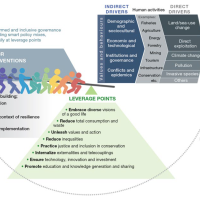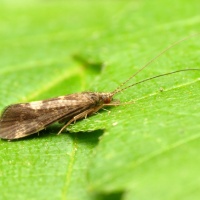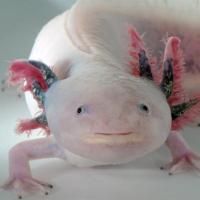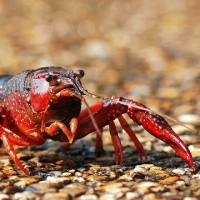Charged currents: electric eels can leap clear of the water to strike

The electric eel. Image: Ravas51 | Flickr Creative Commons
In March 1800, pioneering German naturalist Alexander von Humboldt observed a startling phenomenon during his travels in Venuzuela. He saw electric eels leap from the water of a jungle pool – which was running low in the dry season – to stun the bodies of wading horses with electric shocks.
Local people had developed an unusual method of ‘fishing’ whereby horses would be led into eel-filled pools, to be repeatedly attacked by the leaping fish which were said to exceed five feet in length. The eels would wear themselves out in the resulting melee, and the local fisherman would then collect their spent bodies without getting an electric shock.
Humboldt’s work is experiencing something of a renaissance – particularly in terms of his interdisciplinary approaches to understanding the natural world – and whilst the story of the Venezuelan electric eels remained relatively well-known, many scientists had doubted its veracity.
That is, until an American scientist Kenneth C. Catania made a chance discovery whilst conducting experiments with this remarkable South American fish. Catania found that when transferring electric eels (not actually a true eel, but a type of knifefish) from an aquarium to his experimental facilities, the fish would often leap from the water to ‘pounce’ on the approaching net.
“It would press its chin against the handle and explode out of the water upwards along the handle towards my hand. I was wearing gloves, so I wasn’t in any danger of being shocked, but it was a pretty shocking experience, anyway,” Catania told the National Geographic.
Writing in a newly published article in Proceedings of the National Academy of Sciences, Catania describes how electric eels would discharge high-voltage pulses of electricity through their chin during these leaps. The 600 volt pulses emitted could incapacitate an attacking human or horse.
This leaping strategy allowed the eels to focus their electric shock onto their target, without it being dissipated in surrounding water. Slow-motion film taken by Catania shows how eels would bend their necks ‘in flight’ to ensure the maximum contact between their highly-charged chin and the target.
The leaping behaviour observed by Catania is likely to be a defensive strategy for the eels, which would be particularly important during dry periods (like Humboldt observed in 1800) where fish would be stranded in dwindling pools. Male eels are known to guard their larvae in small jungle pools until the rains return. As such, the ‘leaping shocks’ are likely to provide a valuable defence against predators.
In the video above, you can see an electric eel leaping to shock a prop crocodile head. Each flash of the LED lights in the crocodile’s head represents the firing of pain receptors as a result of the eel’s electric shocks.
And in many ways, the story illustrates the beauty of scientific research: that a chance discovery in the lab can help illuminate (quite literally) a 200 year old story about remarkable animal behaviour. You can read the full journal article here.














